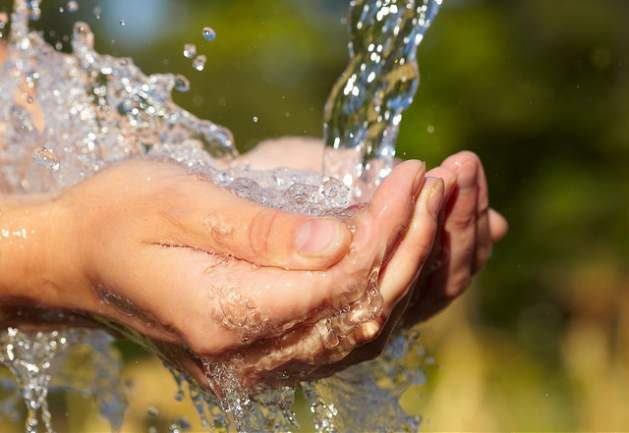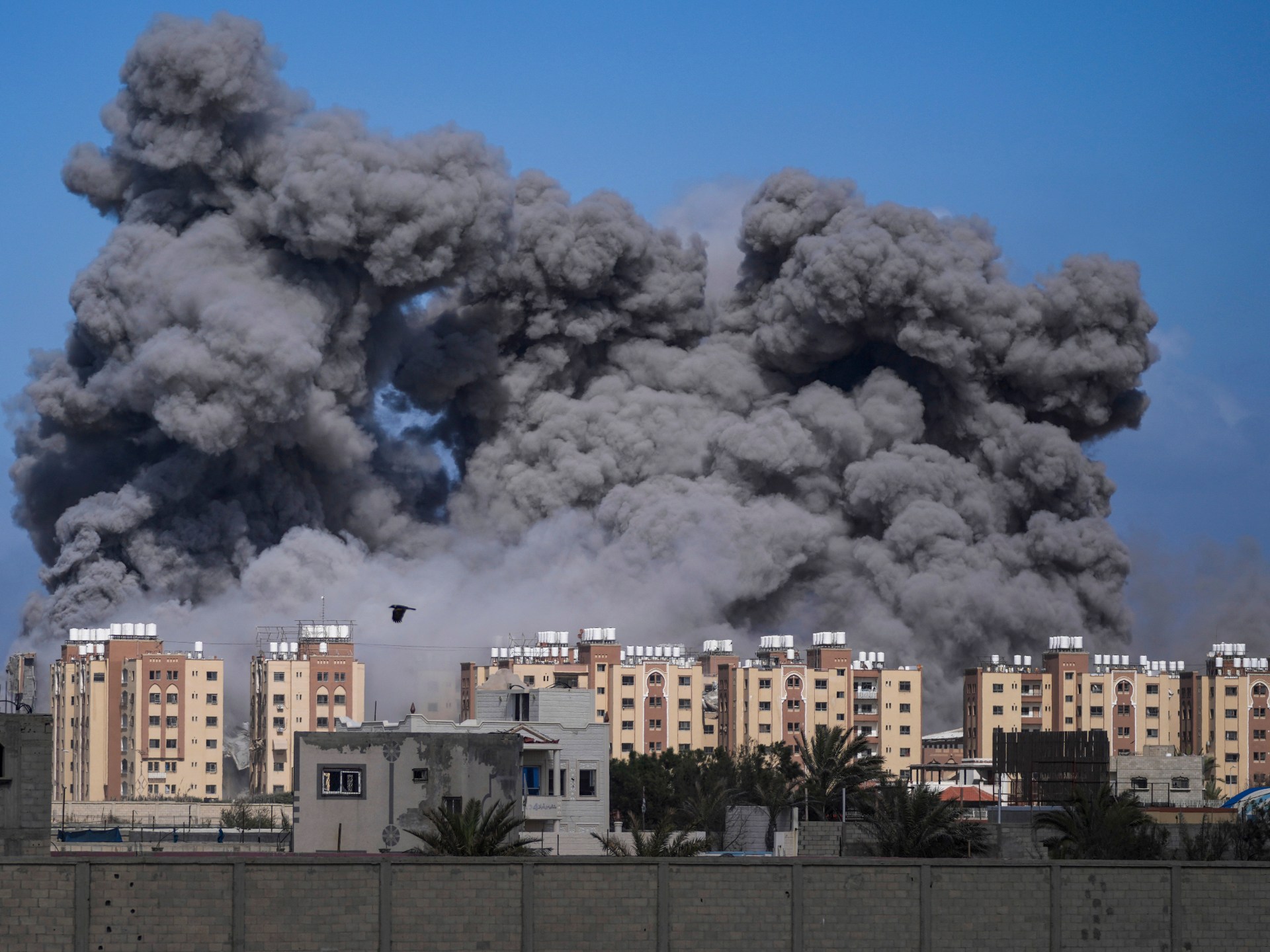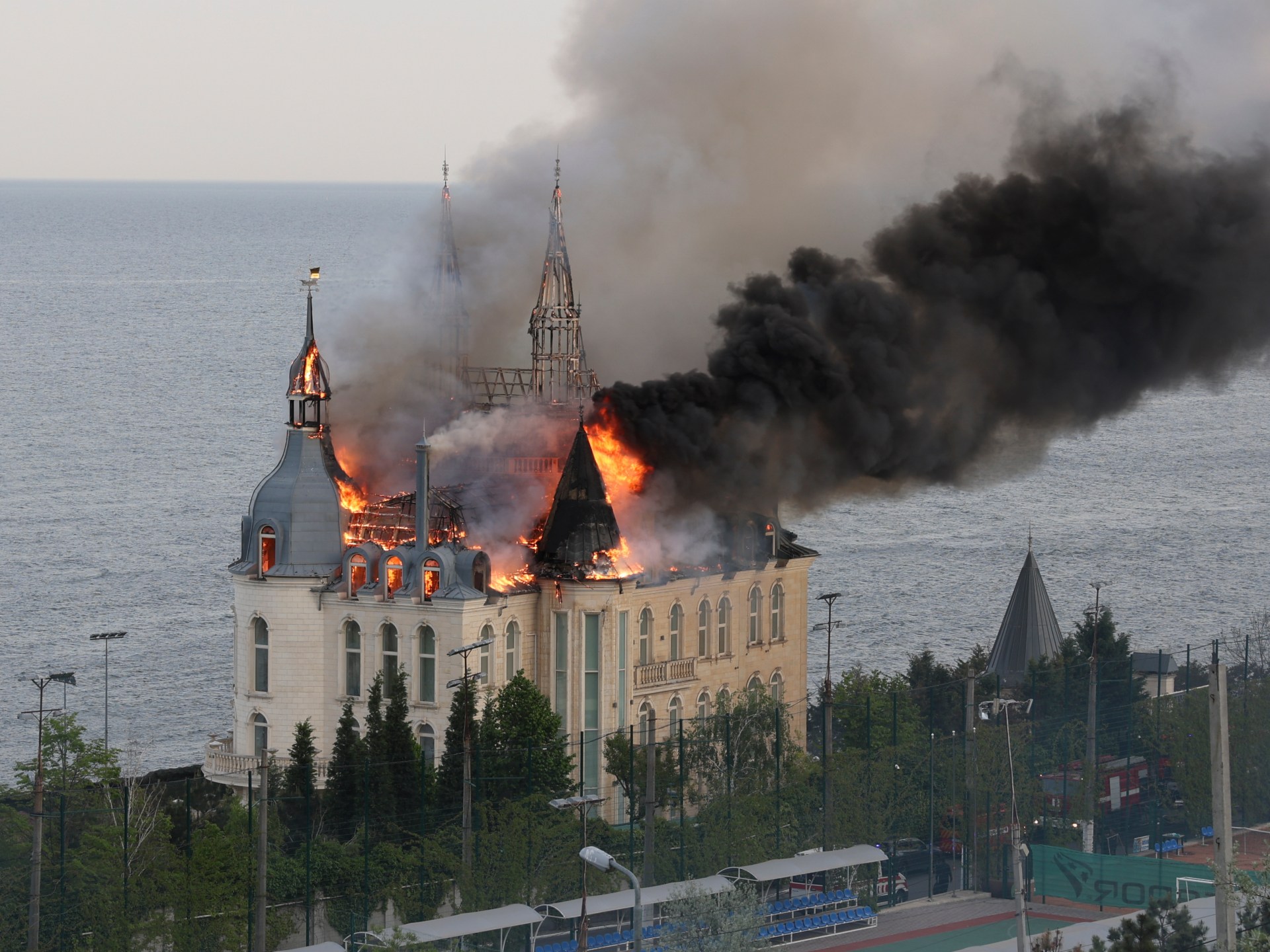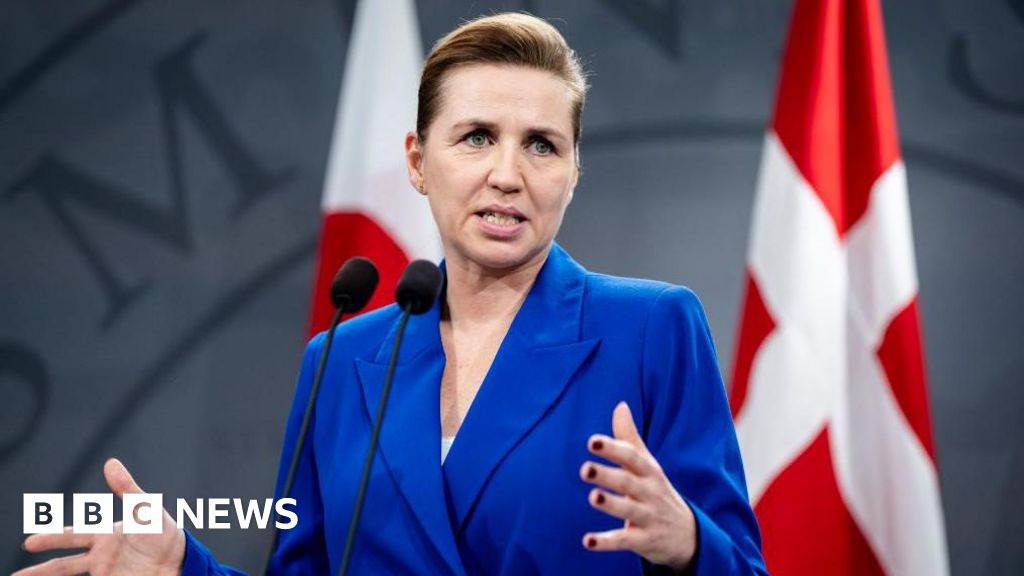Not Enough Clean Water in Europe? Who Cares… — Global Issues
MADRID, May 26 (IPS) – So busy as they are with strengthening military alliances and devoting billions of taxpayers’ money to double their war budgets and subsidise fossil fuels, European Governments seem not to care about the reiterated alerts that their continent faces a serious risk: the reduced availability -and more polluted– drinking water.
Two specialised bodies –the UN Economic Commission for Europe (UNECE), and the European branch of the World Health Organization (WHO)– have warned that plans to make water access possible in the face of climate pressures “are absent” in the pan-European region.
And “in most cases” throughout the region there has also been a lack of coordination on drinking water, sanitation and health during the Thirteenth meeting of the Working Group on Water and Health held on 19-20 May 2022 in Geneva.
Water-related disease
From insufficient drinking water supply to contamination by sewage overflow and disease outbreaks from improper wastewater treatment, existing risks from climate change to water, sanitation and hygiene in the pan-European region are set to increase significantly, UNECE/WHO-Europe warned.
On this, a previous report: Drugged Water: A New Global Pandemic Hiding in Plain Sight? informs that people around the world are unknowingly being exposed to water laced with antibiotics, which could spark the rise of drug-resistant pathogens and potentially fuel another global pandemic.
A study elaborated by the UN Environment Programme (UNEP), found that, globally, not enough attention is being focused on the threat posed by antimicrobial resistance with most antibiotics being excreted into the environment via toilets or through open defecation.
While 80 percent of wastewater in the world is not treated, even in developed countries treatment facilities are often unable to filter out dangerous bugs.
Already in 2015, 34.8 billion daily doses of antibiotics were consumed, with up to 90 percent of them excreted into the environment as active substances. Since then the amount of daily consumed antibiotics has been increasing considerably.
Dangers are real
“Climate change is already posing serious challenges to water and sanitation systems in countries around the world,” said Thomas Croll-Knight, spokesperson for the UN Economic Commission for Europe.
“From reduced water availability and contamination of water supplies to damage to sewerage infrastructure, these risks are set to increase significantly unless countries step up measures to increase resilience now,” warned Thomas Croll-Knight.
It is estimated that more than one third of the European Union will be under “high water stress” by the 2070s, by which time the number of additional people affected (compared to 2007) is expected to surge to 16–44 million.
Bad news
Meanwhile, as governments prepare for the next UN climate conference (COP 27) in November 2022 in Egypt and the UN 2023 Water Conference, UNECE painted a potentially grim picture moving forward in parts of Europe.
“From water supply and sewerage infrastructure damage to water quality degradation and sewage spillage, impacts are already being felt.”
For example, increased energy demand and disruption to treatment plants in Hungary are threatening significant additional operational costs for wastewater treatment.
And challenges in ensuring adequate water supply in the Netherlands have increased, while Spain struggles to maintain a minimum drinking water supply during drought periods.
Huge risk of water shortage
But if the Governments of wealthy and industrially and technologically advanced Europe are not dedicating enough attention to the looming drinking water shortage, imagine the case of the overwhelming majority of developing regions.
In fact, it is estimated that, globally, over two billion people live in countries that experience high water stress.
Four billion people facing severe water stress
The UN Convention to Combat Desertification (UNCCD) reports that other estimates are even more pessimistic, with up to four billion people – over half the population of the planet – already facing severe water stress for at least one month of the year while half a billion suffer from permanent water stress.”
The situation has been worsening as more than half the global population will be at risk by 2050, due to stress on the world’s water resources.
700 million of people displaced…
“Desertification alone threatens the livelihoods of nearly one billion people in 100 countries. Intense water scarcity may displace as many as 700 million people by 2030,” said Munir Akram, president of the UN Economic and Social Council (ECOSOC) during a UN meeting held already over a year ago.
On that occasion, the UN Deputy Secretary-General, Amina Mohammed, told the meeting the current rate of progress would have to quadruple to meet the 2030 deadline.
“Moreover, the planetary crisis, including the interlinked threats of climate change, biodiversity loss and pollution, will increase water scarcity”, she added.
… and 600 million children impacted
“By 2040, one in four of the world’s children under 18 – some 600 million – will be living in areas of extremely high-water stress.”
The UN estimates more than two billion people worldwide still do not have access to safely managed drinking water, while 4.2 billion lack safely managed sanitation.
Meanwhile, the UN Children’s Fund (UNICEF) during the same meeting reported that one in five children worldwide do not have enough water to meet their daily needs.
“The world’s water crisis is not simply coming, it is here, and climate change will only make it worse”, said UNICEF Executive Director Henrietta Fore.
“Children are the biggest victims. When wells dry up, children are the ones missing school to fetch water. When droughts diminish food supplies, children suffer from malnutrition and stunting. When floods hit, children fall ill from waterborne illnesses…”
Africa, Asia, Middle East…
A UNICEF report found that Eastern and Southern Africa have the highest incidence of children living in “water poverty”, with nearly 60 percent facing difficulty in accessing water every day.
Meanwhile, humanitarian organisations continue to call for scaling up assistance in the Horn of Africa, where the worst drought in 40 years is affecting some 15 million people across Kenya, Ethiopia, and Somalia.
The drought follows four consecutive failed rainy seasons, and the fear is the number could jump to 20 million if the current below-average rains fail.
UNICEF informes that South Asia is home to the largest number of children living in areas of high or extremely high vulnerability, or more than 155 million.
Meanwhile, the Middle East and North Africa is reported to be the most water-scarce region in the world, as it is home to 15 out of the 20 of the world’s most water-scarce countries.
What’s wrong with the world’s Governments?
© Inter Press Service (2022) — All Rights ReservedOriginal source: Inter Press Service
Check out our Latest News and Follow us at Facebook
Original Source







